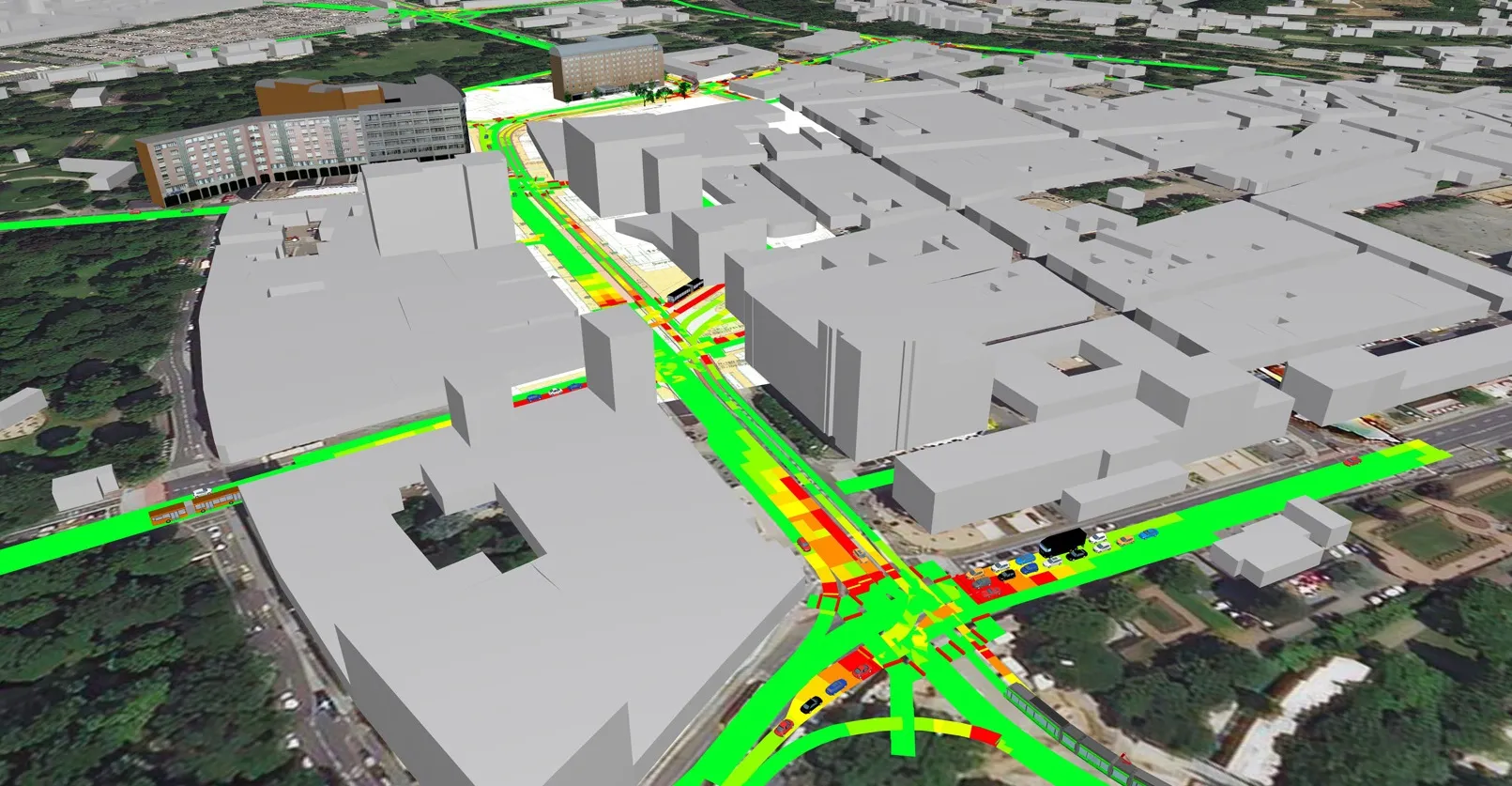Tim Daniels, sales and marketing director of Videalert, says: “The sensor generates real-time data on the level of airborne particulates, including nitrogen dioxide and carbon dioxide, providing councils with real-time insight into the impact of enforcement cameras on improved air quality.”
Videalert says the device features a particulate matter sensor that uses optical-based technologies and advanced sensor fusion algorithms to sense and count airbourne particles from 1-1800µgm³.
The solution is expected to integrate with Videalert’s RDS WAN units (processors up poles) to transmit captured sensor data to the company’s digital video platform where it shows the levels of particulate matter throughout the day and night.
According to Videalert, this data can be shared with urban traffic management and control systems to alert drivers high pollution levels and, where appropriate, re-route the traffic. Data from the sensors can also be blended with enforcement data from installed CCTV cameras to strengthen the business case for clean air or low emission zones, the company adds.
Videalert launches air quality monitoring sensors
Videalert has unveiled an air quality monitoring sensor which it says provides councils with instant measurements showing the level of pollution in key locations.
Tim Daniels, sales and marketing director of Videalert, says: “The sensor generates real-time data on the level of airborne particulates, including nitrogen dioxide and carbon dioxide, providing councils with real-time insight into the impact of enforcement cameras on improved air quality.”
Videalert says the device features a particulate m
August 7, 2019
Read time: 2 mins









